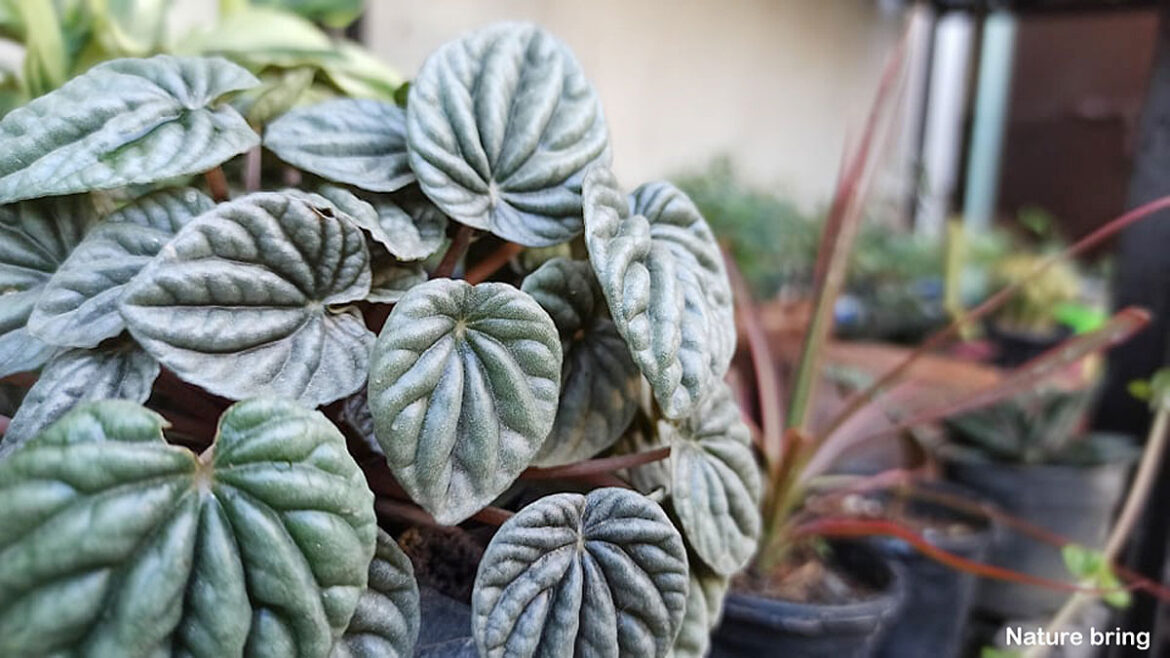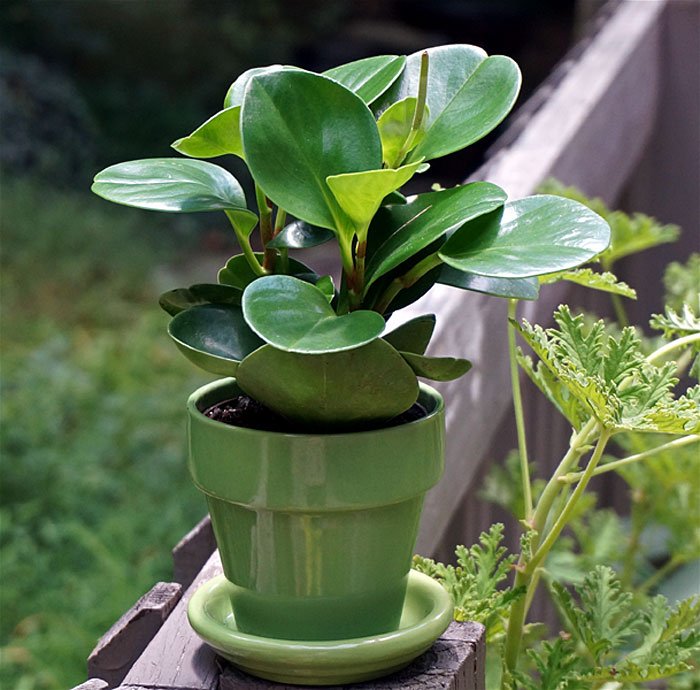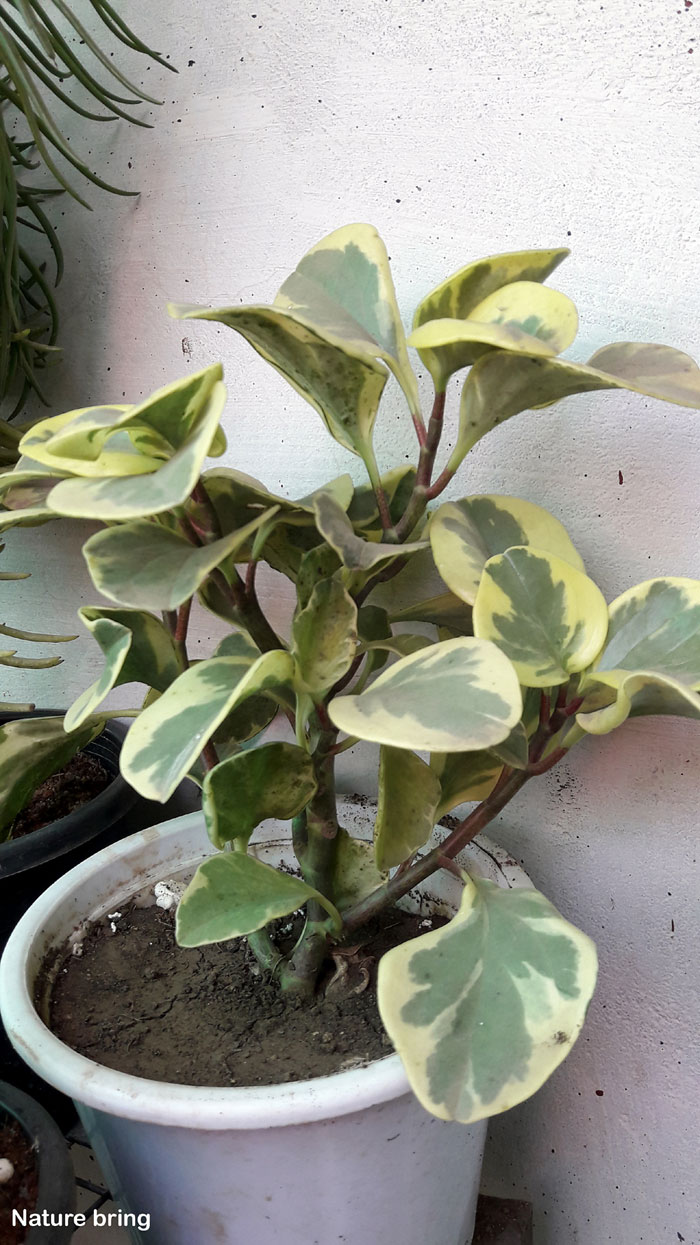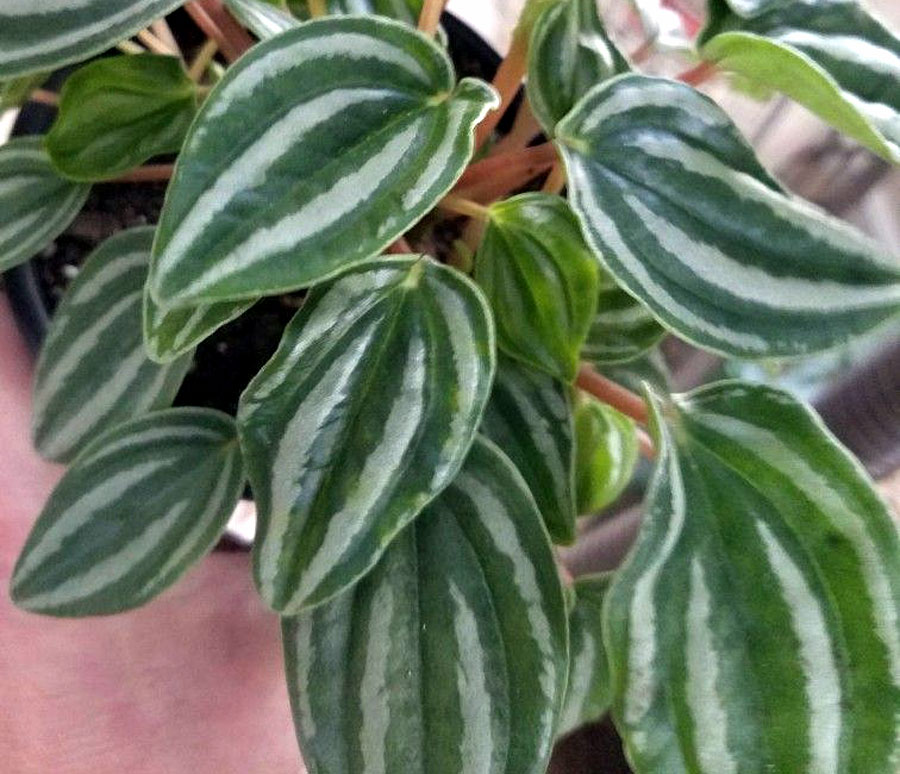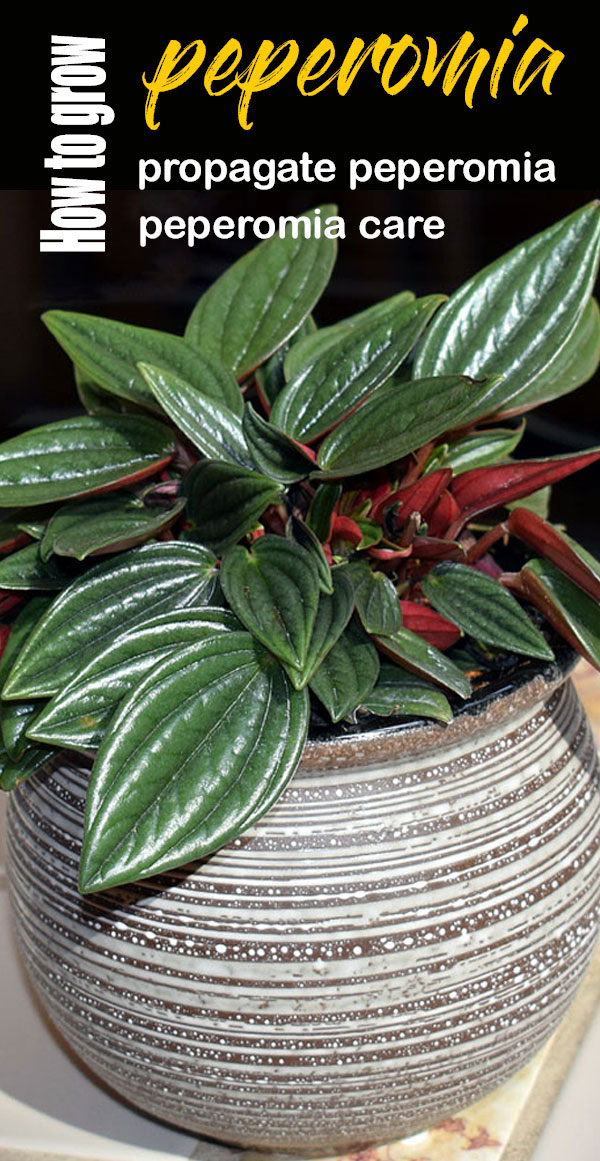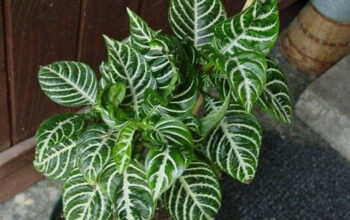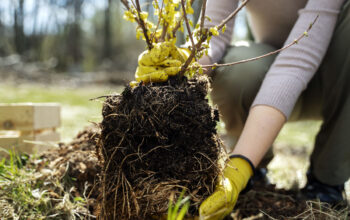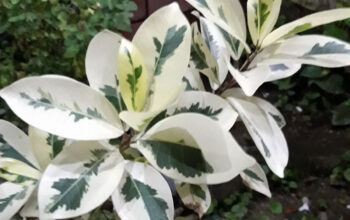Peperomia plant (Radiator Plant)
The Peperomia plant is found in more than 1,000 known species of tropical plants, most of which are native to Central and South America. These plants are members of the paper family and are dry-tolerant. Their leaves may be thick, fleshy, shiny, green, red, gray, marbled textured, or smooth. Highly ornamental leaves are small or elongated with a few heart shapes.
Its flowers are small and inconsistent, either directly on spikes or in clusters. This is a very beautiful houseplant, you can use it indoors, in the dish garden and terrarium. Indoors in containers, they are up to 12 ”-18 tall in a mature state.
Overview Peperomia plant
Scientific name Peperomia
The common name American rubber plant, baby rubber plant, and pepper face.
Plant type Houseplant
Sun requires Medium- filtered light
Flower colors Green, white
Blooming time Early summer to autumn
Soil Rich loam, well-drained soil
Soil pH 5.0-6.0
Zone 10-12
Peperomia care
Most species of peperomia are most ideal for bright, indirect sunlight and temperatures between 65–80 ° F. Water these plants only when the top surface of the soil dries about 1 inch. It should be fertilized monthly during the growing season.
Which soil is good for the Peperomia plant?
To keep this plant healthy, use loose, well-aerated potting soil, it is able to make drains quickly. The Orchid potting medium is most suitable for this which works well. You can use regular potting soil but use peat moss or vermiculite to lighten it.
How to light the plant?
Moderate to bright light conditions keep the leaves of Peperomia plants attractive and vibrant. You can keep your plant with filtered light in the morning light, you can also keep it in 12-14 hours of artificial light. Due to lack of light, its leaves may be less, showy, or light-brown in color.
When to water your plant?
Peperomia plants show from succulent leaves that these plants do not require continuous watering. Water this plant only when the top surface of the soil dries about 1 inch, then water it well.
Constantly saturating the plant causes root rot, yellow leaves, and fungus. These plants are kept indoors, so overwatering is a problem. It is usually better to give it water for 7-8 days. Overflowing or waterlogging in the soil damages your plant.
How much humidity is needed?
Most species are ideal with temperatures between 65–80 ° F. As tropical plants, it requires high humidity levels, but many of its varieties do not. Due to its succulent leaves, it can tolerate low humidity levels and low water content. It is an ideal houseplant and the indoor humidity is relatively low. To increase humidity during the summer season, place pebbles and water on a plate under the plant.
When to fertilize the peperomia plant?
Plants of the genus usually require less fertilization. Due to insufficient light or excessive water, the plant has problems, it has no relation to nutrition. During the growing season, you can use 10–10–10 balanced soluble fertilizers for your plant once a month. Peperomia can develop without any fertilizer. Over-fertilization of nutrients promotes toxicity and other nutrients are deficient, making the plant miserable.
Propagate peperomia
Once you have a plant, it is very easy to propagate peperomia plants! You can easily expand your plant and give a gift to your neighbors and friends. To extend this, you can do both leaf-cutting and stem-cutting. Cut a healthy leaf from the stem and pour it into linen soil with water. In about 6-8 weeks, you will see white roots in it. When the plant grows 3-4 cm long (at the time its roots are well developed) it can be transferred.
It can also propagate a variety of varieties through stem cutting.
Repotting
Peperomia plants live well in small containers for years. Its main reasons are slow growth rate and root survival. When the root bound in the pot, it causes the repot. Or repot the plant when the roots start to appear outside the drainage hole of the pot. You can transfer it to a large pot with an acidic potting mixture.
Major diseases
- If you have kept the plant in direct sunlight, then sunburn can be caused, in such a situation, take the plant immediately to the shade.
- Ringspot virus is a major problem in this plant, it is a kind of ugly round mark on beautiful leaves, it develops due to high humidity.
- There is no cure for this disease, so prevention is the only option. Good air circulation and keeping the leaves dry can protect your plant.
Watermelon peperomia
Watermelon peperomia or Peperomia argyreia is a very attractive plant, its leaves resemble melon skin. It is very easy to develop a variety. It is native to South America and is suitable for Australia’s climate and containers.
Read also:
Growing pansies in containers. how to water your plants. Kalanchoe flower plants growing and care tips. Growing pea plants in pots. How to grow Geranium in containers. Celery herbs growing guide. Jade plants growing and care tips. Verbena flowering plants growing tips. Giloy Growing and health benefits. Cumin herbs growing in pots. 5 Best indoor succulent plants. 10 best vegetables to grow in pots. 7 indoor plants that greenery around you.

